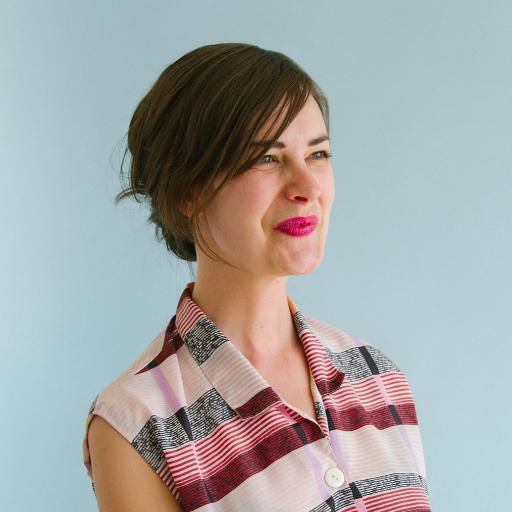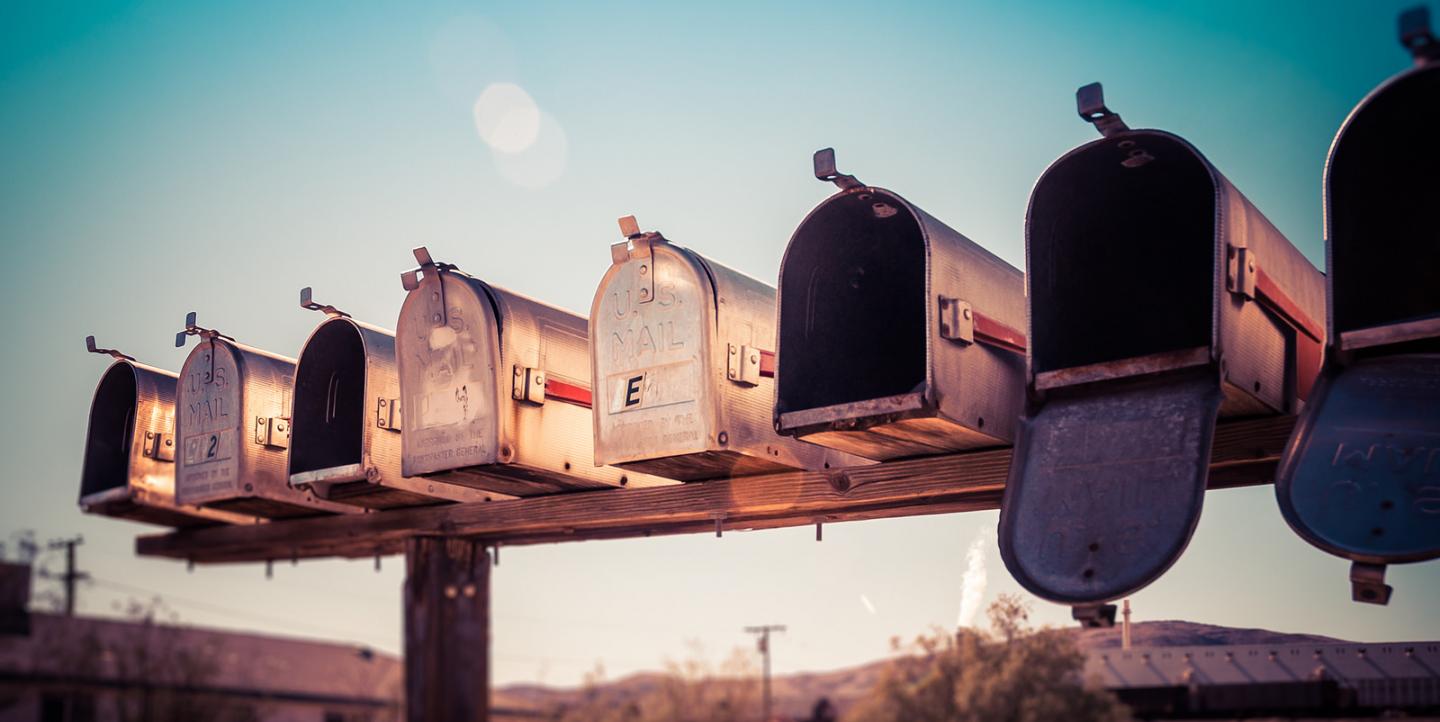Newsletters have been used to reach audiences for several years. But as journalists seek to curate the vast amount of information on the internet and create a relationship with followers, newsletters’ role has expanded.
To contrast the typical factual, algorithmic media newsletter, many journalists today choose to use a personal tone to write their newsletter.
Ann Friedman, who started her newsletter in March 2013, was one of the “pioneers” of the medium, said fellow journalist Jamelle Bouie. She jokes that although she doesn’t know everything about it, “[she is] an expert in doing my own newsletter.”
“It’s nice to know that a human is writing it to you,” Friedman said. She believes that’s what people expect with emails, especially when they’re not “required” reading like The New York Times headlines she gets every morning. As a former editor, thinking about “the voice of a publication” is something she’s being doing for a long time.
 Subscribers also like to get to know the author, said Amanda Terkel, who writes “Piping Hot Truth from Amanda Terkel.”
Subscribers also like to get to know the author, said Amanda Terkel, who writes “Piping Hot Truth from Amanda Terkel.”
“People often subscribe to newsletters because they like the voice and the persona of the author, so you want to stay true to that,” Terkel said. Even though her newsletter is about sharing her work at The Huffington Post, she doesn’t want it to “sound too institutional or stale.”
For Dave Pell, the so-called “managing editor at internet,” adding his voice, takes and opinions to his newsletter is essential. “Next Draft is 100 percent personality-driven,” he said.
There are no particular rules to follow when organizing a newsletter. Most include links, comments, photos and gifs that are divided in sections showing their author’s personality.
Terkel sometimes structures her newsletter like a meal. The palate cleanser section is a funny gif or photo of where she’s been, while the main course is more serious. Sometimes, she lets go of the structure and just sends out a story. Meanwhile, Pell likes to use cultural references and plays on words for his titles. Friedman likes to keep an organized structure, adding gifs (her trademark) and recommendations.
When Friedman became a freelancer, she used her experience as a former editor to remember how to get work. Her newsletter gave her a way to stay in editors’ inboxes and in their minds, even if they didn’t necessarily read it.
As an editor, “it was often hard to think of a name of a writer who would be really good for an assignment that you have,” she said. An editor once directly replied to her newsletter with an assignment.
As a journalist, Terkel likes to hear new perspectives. She said she’s occasionally received tips from her newsletter, though social media is still her preferred place to get tips. Overall, she thinks “it’s really helpful to be able to communicate directly with readers — say, for example, if I'm looking for a woman of a certain age in Wisconsin who's an undecided voter — and having as many ways to do that as possible is helpful.”
 Getting subscribers is the hard part. Friedman said she prefers a few subscribers who are invested than a massive amount of people who barely open the newsletter.
Getting subscribers is the hard part. Friedman said she prefers a few subscribers who are invested than a massive amount of people who barely open the newsletter.
“I like the idea that you’re likely to do something if you’re recommended by a friend,” Friedman said. “The idea of me saying ‘Hey stranger, you should subscribe to my newsletter’ is way less compelling than a friend forwarding it to you and saying you would like it.”
While newsletters are not new, they’re making a big comeback. Pell thinks they’ve always been the “killer app” and are coming back for several reasons.
“Spam sort of got solved, so people hate their inboxes less,” he said. In contrast to social media, which can overwhelm readers, newsletters don’t update. “They’re always right in where you left them. Email is more intimate and personal.”
Terkel agreed. “People are constantly on their phones, and people enjoy the convenience of getting information in their inbox right to them."
Pell advised to “only do it if it’s your passion and if the feeling you get when you hit the send button is worth the hours of work that precedes that moment.” Building a base of subscribers can take time, and the financial and professional rewards are not guaranteed.
While Terkel said she still thinks it’s an invaluable tool, Friedman warned not to think of your newsletter only as a self-promotion tool.
“As much as possible, you should realize that your newsletter is not for you,” she said. “Ask yourself what value you’re bringing to your readers.” Lastly, she suggested being consistent so the newsletter “can become part of their [readers’] routine.”
Main image CC-licensed by Flickr via Wayne Stadler. Secondary image of Amanda Terkel and third image of Ann Friedman courtesy of their respective Twitters.

